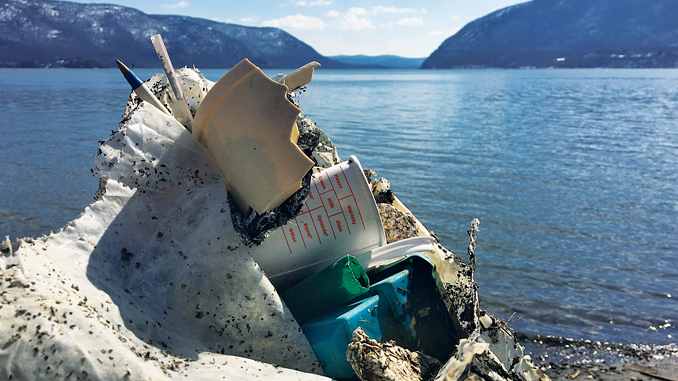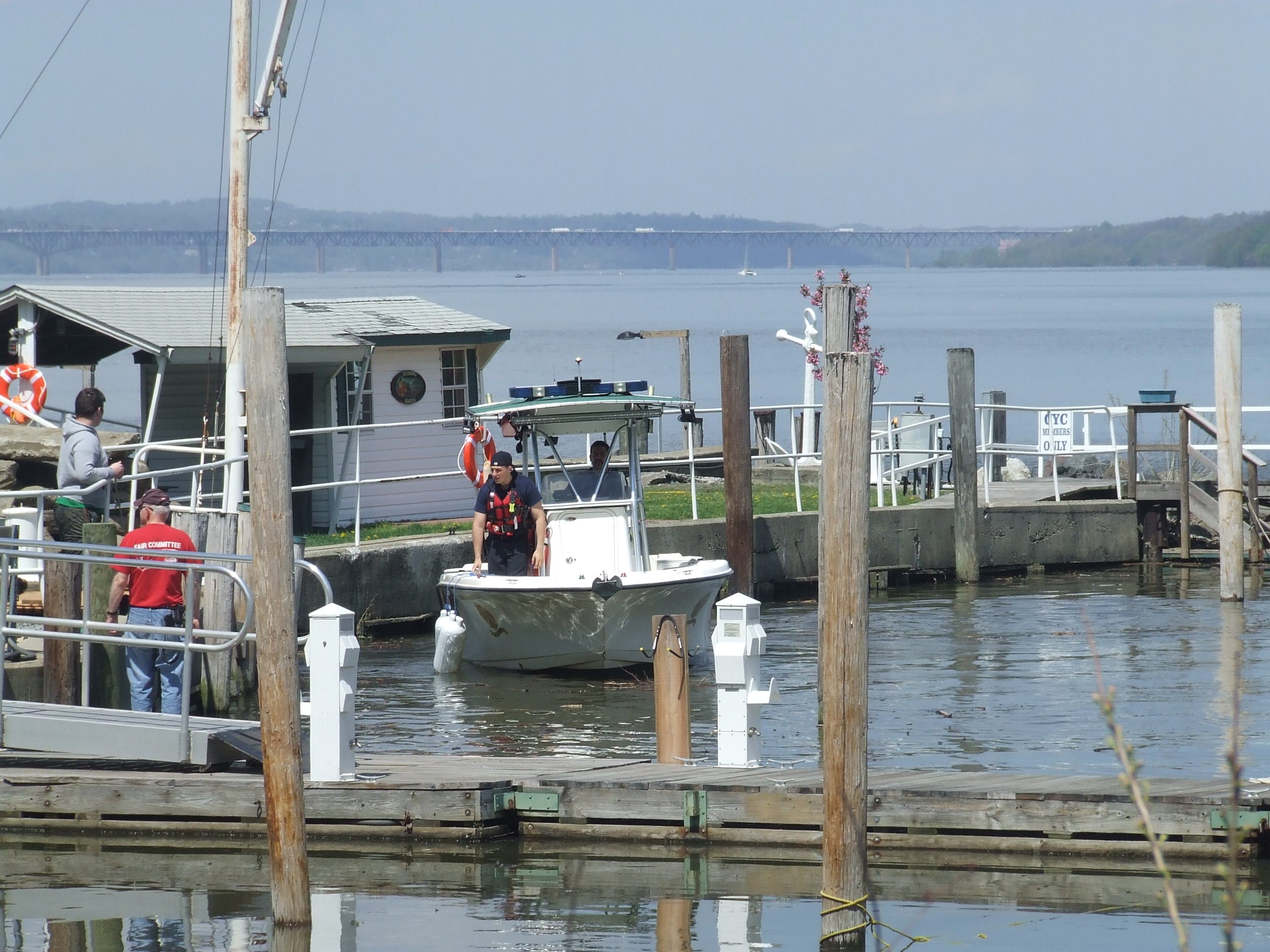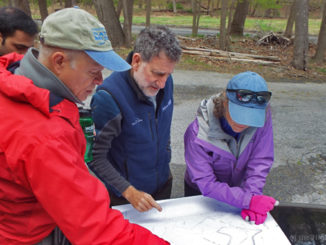
By KATELYN LIPTON
I am 19 and studying the environment at the University of Vermont. However, Orange County is my true home. I spent my childhood hiking Storm King Mountain, kayaking in the Hudson, and collecting Devil’s Heads from the river. Living in the Hudson Valley, I consider the water and cascading mountains to be my home.
Orange is known for its beautiful landscapes and its outdoor activities bring tourism to the area. I often see kayaking groups when I visit the river. The waterfront mountain views are characteristic of the Hudson Valley, and outdoor adventures are easy to come by in Cornwall.
I pick up trash when I visit the Hudson River. The most common items I find are different forms of plastic, like Dunkin Donuts cups and straws, bottle caps, plastic silverware and Styrofoam. The Styrofoam is always the hardest to collect given how easily it breaks down and how small the pellets are.
In order to keep the Hudson River clean and safe for the community and visitors, multiple organizations, such as Riverkeeper and the Hudson Highlands Nature Museum, organize river clean ups. During these sweeps, community members come together and pick out trash that washed up from the Hudson.
In 2018, Hudson Riverkeeper did a waste audit of trash collected from the Hudson River, and foam pieces were the second most collected form of litter. In the past five years, Styrofoam has been in the top five most collected items.
We have a problem with single use plastics and Styrofoam. When it rains, litter on the street is washed into sewers and storm drains, which empty into the Hudson River. Ultimately, this litter flows into the Atlantic Ocean where it threatens marine life and the health of humans.
Styrofoam is especially harmful to marine ecosystems. It’s 95% air, allowing it to float down waterways into the ocean. It breaks down and is ingested by sea turtles and albatross in addition to other marine life. It clogs their digestive system and causes them to die of starvation.
I graduated from Cornwall Central High School in 2017 where I had the privilege of getting to know Eva Whorley, the advisor for the CCHS Environmental Club. Through this club, I discovered my passion for the environment, and it ultimately led me to the University of Vermont. I recently spoke to Whorley on the phone about how we can make Cornwall schools more sustainable. She expressed her frustration that the schools still purchase and distribute Styrofoam products. According to the Director of Food Services, the high school uses Styrofoam bowls for side orders of pasta, coffee, and trays upon request. Whorley also mentioned the presence of Styrofoam in the staff rooms for hot drinks, like coffee and tea. In addition to the environmental damage of Styrofoam, there are also health consequences and risks associated with its use with food.
Not only is Styrofoam detrimental to marine ecosystems, it also poses a significant threat to human health. According to the Report on Carcinogens by the National Toxicology Program in the Department of Health and Human Services, styrene, the main chemical in Styrofoam, is a known carcinogen. It has been proven to leach into food and drinks. It is especially dangerous for children who scrape their bowls with a fork or bite the rim of their cup. They are at risk for directly ingesting styrene. By serving food in Styrofoam in our schools, we are knowingly putting the children in our community at risk.
This is not a new discovery. In 2013, after relentless grassroots organizing, New York City banned the use of Styrofoam trays in schools. This eliminating 860,000 Styrofoam trays per day in all 1,800 public schools, according to Cafeteria Culture, the organization that began this fight.
We need to show kids that their health and the health of our environment are priorities. If we fail to ban Styrofoam in our schools, we are failing the children in our community. However, if we are successful, this action can set a powerful precedent for environmental stewardship and education in Cornwall schools.



